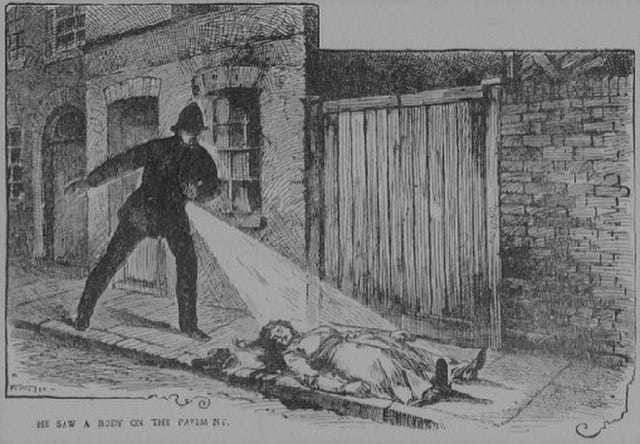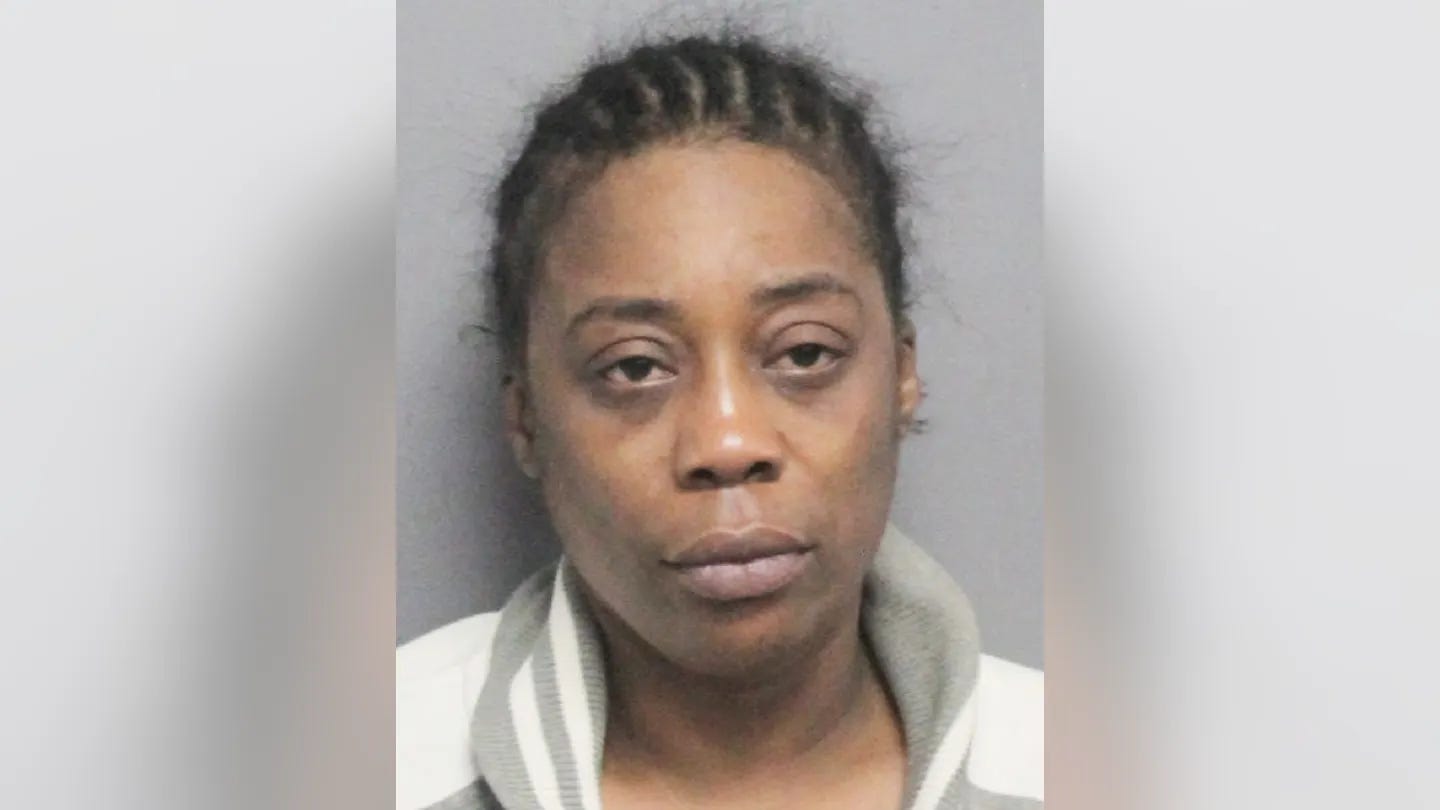Unsolved: The JonBenet Ramsey Mystery
The case of JonBenet Ramsey is one of the most infamous unsolved mysteries of the past nearly three decades, a story so complex and layered that it cannot be told in a simple way. To unpack this, I’ll begin by providing some background.
John and Patsy Ramsey lived in Boulder, Colorado, with their two kids: 9-year-old Burke and 6-year-old JonBenet. John built a successful career as the President of Access Graphics, a thriving computer distribution company benefiting from the rise of electronics at the time.
Patsy embraced her role as a stay-at-home mother, dedicating her time to raising their children and managing their household. However, in 1992 Patsy faced a battle when she was diagnosed with stage 4 ovarian cancer. Despite the odds, after over a year of intensive chemotherapy, Patsy made a remarkable recovery and went into remission.
Now that we have established the scene – we can get into the case itself.
On the night of December 26, 1996, the Ramseys returned home from a Christmas party with friends and went straight to bed, as they planned to travel to their home on Lake Michigan the following morning. However, when Patsy woke up the next day, she discovered a three-page ransom note addressed to John. The note claimed that JonBenet had been kidnapped by a "small foreign faction" and demanded $180,000 for her safe return.
Patsy immediately called the Boulder Police Department to report her missing daughter and the ransom note. When officers arrived, they examined the note and conducted a sweep of the house but found no signs of a break-in, forced entry, or any evidence pointing to an intruder. As a result, the house was not treated as a crime scene, and family and friends were allowed back inside while the investigation continued—a decision that is particularly shocking given that the house was the only known location where the supposed "foreign faction" could have been.
Meanwhile, John followed the instructions in the ransom note and gathered the $180,000 in hopes of getting his daughter back. Although the note had advised against contacting authorities, the police had already been alerted by Patsy.
According to the Netflix documentary Cold Case: Who Killed JonBenet Ramsey, the tension in the house was palpable, with John repeatedly asking questions. To keep him occupied, Detective Linda Arndt of the Boulder Police Department instructed John and his friend Fleet White to search the house for anything unusual. Just minutes into their search, John entered what he and his family called the wine cellar, where he discovered JonBenet's lifeless body hidden under a white blanket.
When the blanket was removed, it was revealed that JonBenet had a garrote around her neck, her hands were bound behind her back, and her mouth was taped shut. As her father and the one who found her in his own home, John immediately removed the duct tape from her mouth and attempted to untie her hands before carrying her upstairs in a frantic effort to get help.
Boulder police could not find a pulse, and JonBenet was pronounced dead. The house was then officially deemed a crime scene. However, because the house had not been secured earlier, many potential areas of evidence had been contaminated by the Ramsey family, their friends, and the police, who had been coming and going for hours before JonBenet's body was discovered.
Now – some odd details.
Once the house was officially declared a crime scene, everything inside became potential evidence, and BPD began their investigation—at least, that’s what one would assume. Their first course of action was collecting more than 70 writing samples from friends, family, neighbors, colleagues, and others in an attempt to match the handwriting in the ransom note.
But during the investigation, it was discovered that the pen and pad used to write the ransom note were found in the Ramsey home. Detectives also found a drafted note in the same notepad, addressed to both Mr. and Mrs. Ramsey. The note was never finished or torn out, suggesting that the killer had initially planned to address it to both parents but changed his or her mind and directed it only to John Ramsey.
After careful analysis, the handwriting deemed most similar to the ransom note was believed to be Patsy Ramsey’s. A handwriting expert pointed out several key similarities between her samples and the ransom note, including distinctive letter shapes, a "feminine" style, and the fact that she would have had easy access to the materials.
Despite the similarities in handwriting, there was no definitive evidence to confirm that Patsy had written the note.
As the investigation into the ransom note continued, BPD found the requested amount—$180,000 — odd, given that John Ramsey's wealth far exceeded that amount. However, upon further investigation, they discovered that $180,000 was the exact amount John had received as a holiday bonus that year, which initially furthered their suspicion that Patsy was involved in the letter. This theory was quickly disproven, though, when a letter containing John’s bonus amount was found on his home desk where the killer could have easily found it.
Additional evidence uncovered during the investigation included:
● A broken window, which John claimed to have broken a few months prior after being locked out of the house
● A suitcase placed beneath the window, suspected to have been used to climb out
● Several footprints: two in the wine cellar that didn’t match any shoes in the house, one on the suitcase under the window, and one outside the house. One of the footprints was believed to be from a Hi-Tec hiking boot
● A pubic hair found on the blanket JonBenet was wrapped in, which did not match anyone in the family after DNA testing
● A foreign white rope, not belonging to the family, in the guest bedroom next to JonBenet’s room
● A handprint found on the wine cellar door
● A flashlight, wrapped in duct tape, inside the house
● An unexplained bowl of pineapple on the counter the morning after the crime
Now, turning to the body.
The autopsy revealed that JonBenet died from strangulation and/or a skull fracture, injuries that were not immediately apparent when she was first found. The strangulation was likely caused by the garrote, made from a nylon cord and the handle of a paintbrush, while the skull fracture resulted from blunt force trauma inflicted by an unknown object. Additionally, it was determined that JonBenet had been sexually assaulted, most likely with the paintbrush.
The paintbrush used in the assault was found in a tub of Patsy’s art supplies. However, despite an extensive search, the top part of the paintbrush was never located.
Based on the way the garrote was tied around JonBenet’s neck and the knot used to bind her hands, BPD believed the perpetrator had experience with knots. Given the common practice of initially focusing on the family, this led them to investigate John Ramsey more closely, as he had a background with boats, which requires knowledge of various knots.
After a thorough examination of her body, JonBenet was returned to her family for a proper burial. Her funeral, held in Atlanta, Georgia—her family's hometown—was widely televised by various media outlets.
Upon returning to Colorado, the Ramseys quickly became the focus of suspicion, with numerous theories circulating in both the media and the BPD. One theory suggested that Patsy killed JonBenet in a fit of rage over bedwetting, allegedly slamming her head against the tub and staging the crime scene to cover it up. This claim was debunked by photos showing the bed was dry. Another theory pointed to the absence of footprints in the snow outside the house as evidence of the family’s involvement, but photos from the scene revealed there was no snow at the time, discrediting this claim as well.
The media further tarnished John’s public image by spreading a rumor that he piloted his own plane back from the funeral, a claim later debunked when it was revealed that the police had provided the media with inaccurate information. Another theory tied JonBenet’s participation in beauty pageants to allegations of abuse, with some accusing John of sexually assaulting his daughter based on the sexualized portrayal of her pageant photos and videos.
An additional theory that came out less than a decade ago focused on Burke, JonBenet’s 9-year-old brother, suggesting he accidentally killed her during a late-night snack. The belief was that JonBenet took some of his pineapple, which angered Burke, leading him to strike her with a flashlight. The theory further speculated that their parents helped cover it up.
Theories unrelated to the family were largely introduced by Lou Smit, a well-known and respected homicide detective who joined the case later and believed in the family's innocence. Based on four distinct marks on JonBenet's body, Smit theorized that a stun gun had been used to silence her when she was moved from her bed. While Smit had other beliefs, he claimed this was the first time he had ever felt shunned by a department due to their differing views.
These were just some of the rumors and theories explored in the Netflix documentary. While many were ultimately debunked, the documentary primarily focused on the parents’ experience, causing most of the rumors to center around them.
At this writing, the case remains unsolved. So why do I believe we may actually be closing in on a breakthrough?
[Part II of The JonBenet Murder, next week…!]
Has The Ripper Been Found?
Anyone who follows the history of crime knows that another infamous cold case is that of Jack the Ripper, who terrorized Victorian London. The Ripper, who killed at least five women, most of them sex workers, was never apprehended nor identified.
Until now?
According to new assertions by historian Russell Edwards, DNA from a shawl belonging to one of Jack’s victims belongs to a 23-year-old Polish immigrant named Aaron Kosminski, who died in a mental institution in 1919.
Some of those familiar with the case have taken issue with Edwards conclusions. But it bears mentioning that the Scotland Yard, at the time, considered a person named “Kominski” as a prime suspect.
Descendants of the Ripper’s victim’s are urging police in London to re-open the case, and to do further testing on the shawl in-question. We’ll be watching.
Department of Clueless People
Elizabeth Holmes was convicted in 2022 of the Theranos fraud, in which she defrauded investors of hundreds of millions of dollars. These investors believed that Holmes’s “invention” — a device that could diagnose maladies from a single blood drop — would change medicine forever.
The device was a phony from the start.
Holmes, now doing 11 years in a Texas minimum-security prison, recently gave an interview in People magazine, in which she revealed that:
She doesn’t believe she defrauded anyone
She plans on going back into the medical technology field
That she works on new inventions “every day”
Is working on her campaign to “reform the criminal justice system”
Is awaiting the results of her appeal
Liz, dear: the device didn’t work.
Is there an invention that can diagnose a sociopath?
I’m not sure “I didn’t do it and I’m going to go back to doing it” is a great look for a parole board.
New Orleans and Austin Are Not So Far Apart
Lastly, we point to the recent story of the Telemundo reporter sent to cover the Super Bowl and found dead in New Orleans after a reported encounter with “The Bourbon Street Hustler,” Danette Colbert — a woman with a criminal history who may be tied to a similar previous case.
(Kenner PD)
According to police, Colbert "…has a long history of … bringing men into her confidence. The men become incapacitated by some manner, at which time they lose all their money, their property.”
In light of that m.o… and the case we covered here… has anyone spoken to the Austin, Texas PD?














